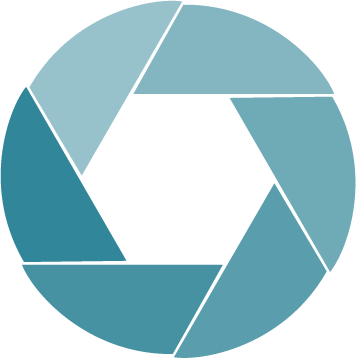Content Delivery (Design of teaching resources)
Activation (Design of tasks for activation)
- Tasks for practicing knowledge
- Tasks for independent knowledge development
- Tasks to apply the knowledge gained
- Tasks to generate new knowledge
Support (Design of accompanying communication measures)
Content Delivery (Design of teaching resources)
- Use textbooks and journals available online and texts available in an OER format.
- Use existing learning scripts.
- Use teaching videos already available online.
- Add audio tracks to your presentations and export them as audio files (podcast) or videos.
- Record one's own screen with a contemporaneous oral explanation (screencast).
- Create videos of a handwritten explanation on a sheet of paper (Alternatively: use a tablet for this recording).
- Record your presentation on a flip chart / board / whiteboard using a webcam, digital camera, or smartphone.
- Hold a synchronous presentation and share presentation slides during the online meeting.
- Hold a presentation via live stream.
- Use H5P to create an interactive video.
- Use H5P to create a course presentation.
- Use H5P to set up an interactive learning path.
Activation (Design of tasks for activation)
Tasks for practicing knowledge:
- Use the polling function in conference tools, e.g., for brief knowledge checks.
- Offer multiple-choice self-assessments on a learning platform or using H5P.
- Use your learning platform or the “Fill in the Blanks” function in H5P to create close texts.
- Have "drag and drop" tasks solved using a learning platform or H5P.
- Use a learning platform or H5P to add hotspots to images.
- Provide flashcards for learning with the “Dialog Cards” function in H5P or with Anki.
- Offer a set of open-ended questions and sample solutions in the learning platform.
Learn more about Interactive Polling Tools or about Zoom Polling feature
Tasks for independent knowledge development:
- Have diagrams prepared in Office as assignment outcomes.
- Have mind maps or concept maps created as assignment outcomes on paper (photographs or scans) or in software.
- Let your students use a blog (as an e-portfolio) for self-reflection or to prepare for a term paper.
- Use chats for basic discussions and forums for more complex ones.
- Conduct moderated discussions in forums.
Tasks to apply the knowledge gained:
- Use the learning platform for work in small groups to address a problem/case together synchronously and/or asynchronously.
- Let your students create audio files, videos, or screencasts as an alternative to presentations and ask the group “presenting” to moderate the discussion in the forum.
Tasks to generate new knowledge:
- Get small groups to work on projects together on the learning platform both synchronously and asynchronously.
- Use EtherPad (or a collaborative document) to work on group projects.
- Use wikis to develop texts and other knowledge products together.
Support (Design of accompanying communication measures)
- Use email for the welcome address, introduction, initial coordination and information.
- Use the messaging function on learning platforms to inform, communicate, and provide feedback for everyone.
- Use prepared forums to enable participants to get to know one another.
- Use group functions on learning platforms to encourage communication within the team.
- Use chat functions for synchronous communication.
- Use forums for asynchronous communication.
- Use push messages for reminders and other organizational messages.
- Use polling tools to reach agreements (e.g., during group work).
- Use the email or personal message functions on learning platforms to provide individual feedback.
- Use forums or survey tools on learning platforms for (interim) evaluations.


 Deutsch
Deutsch